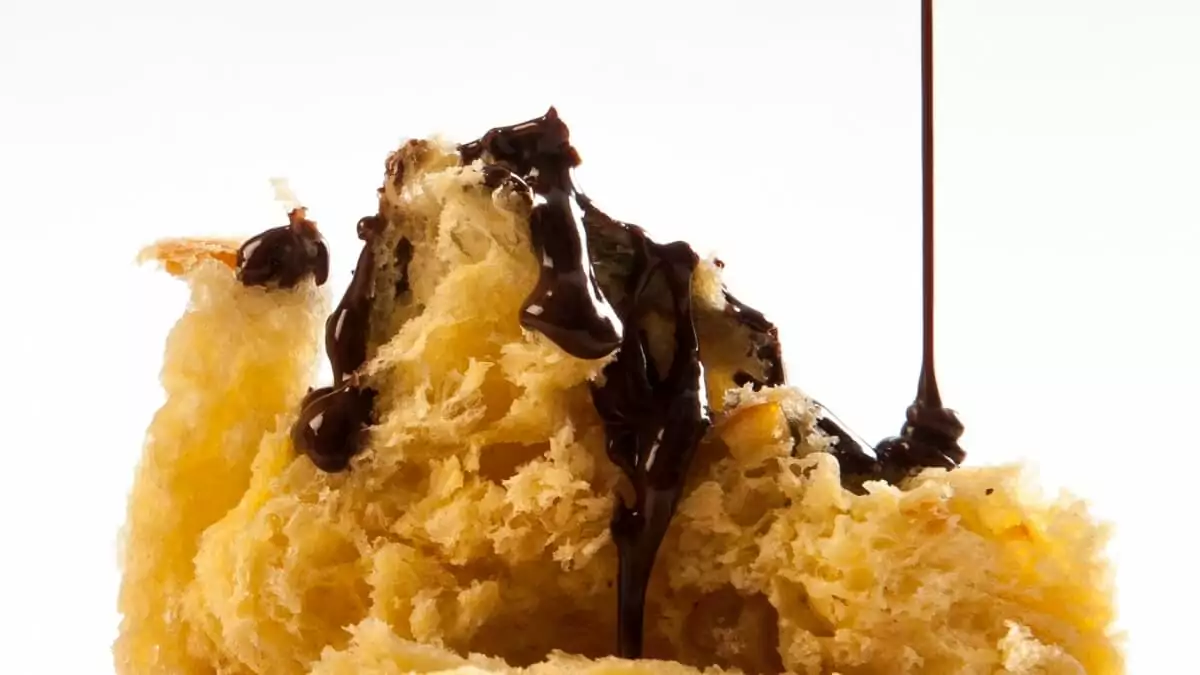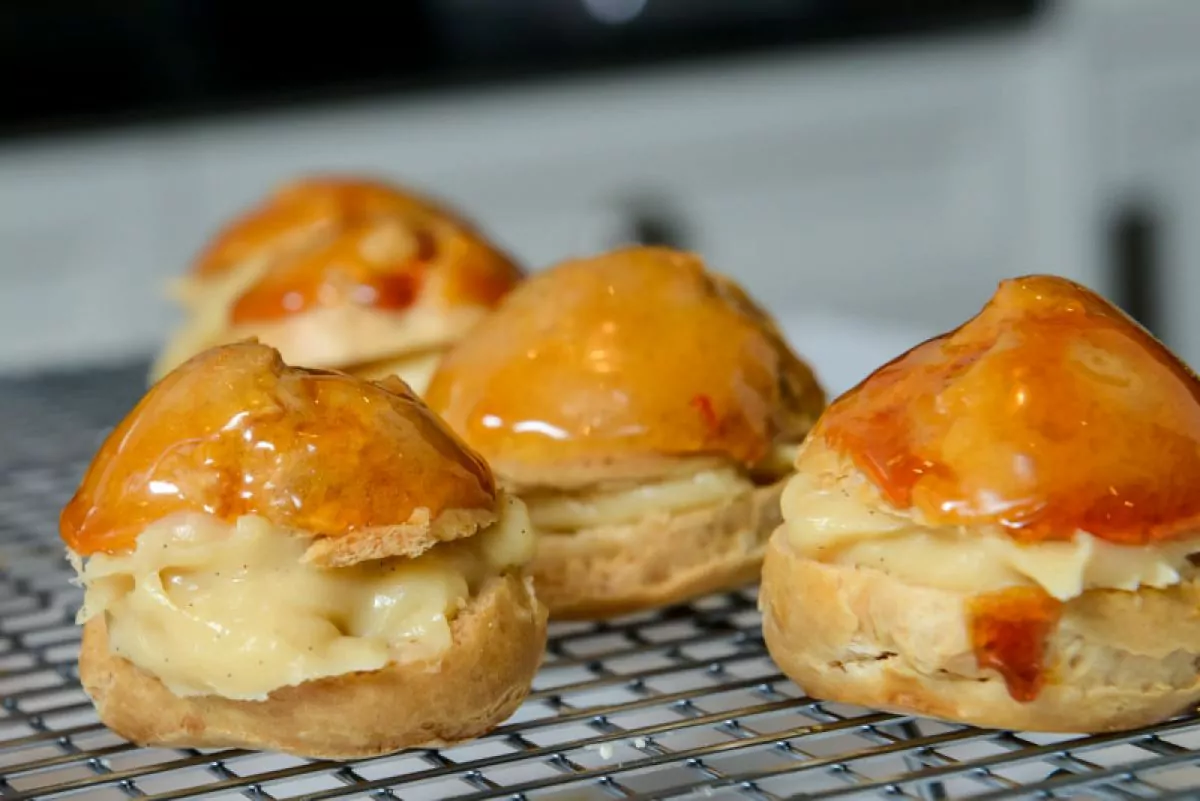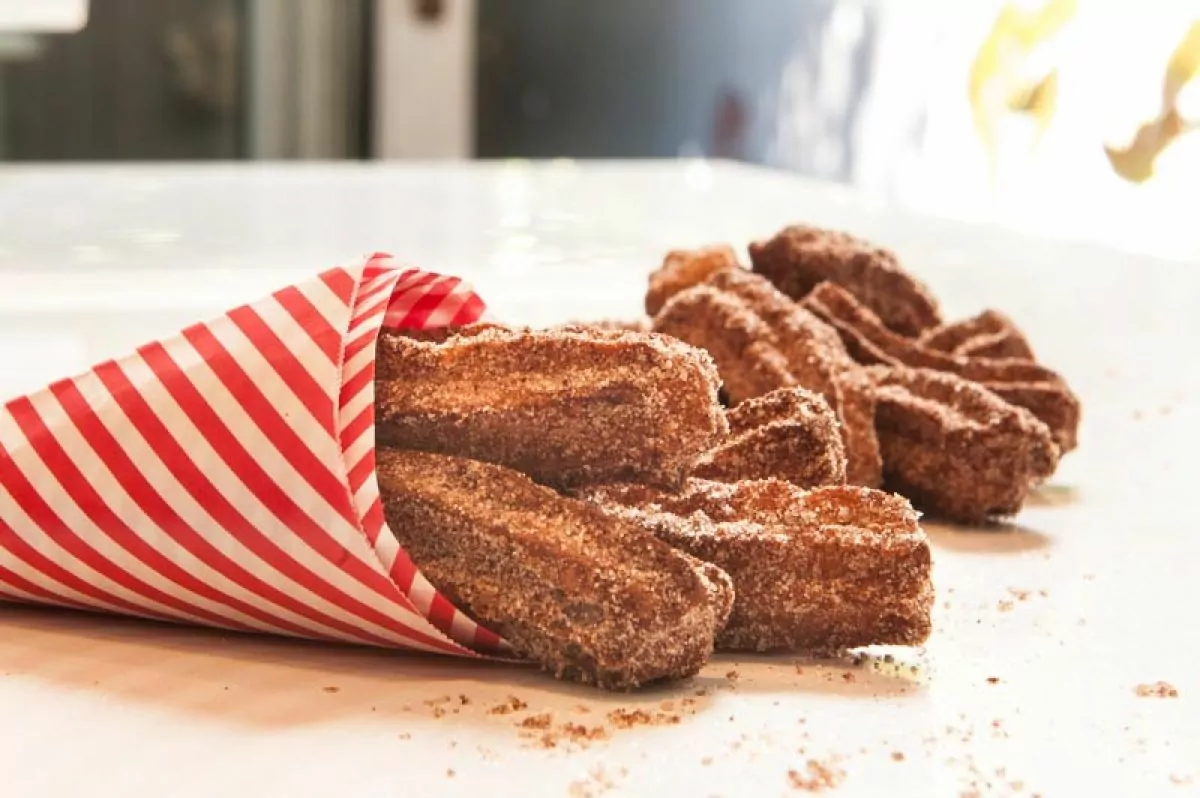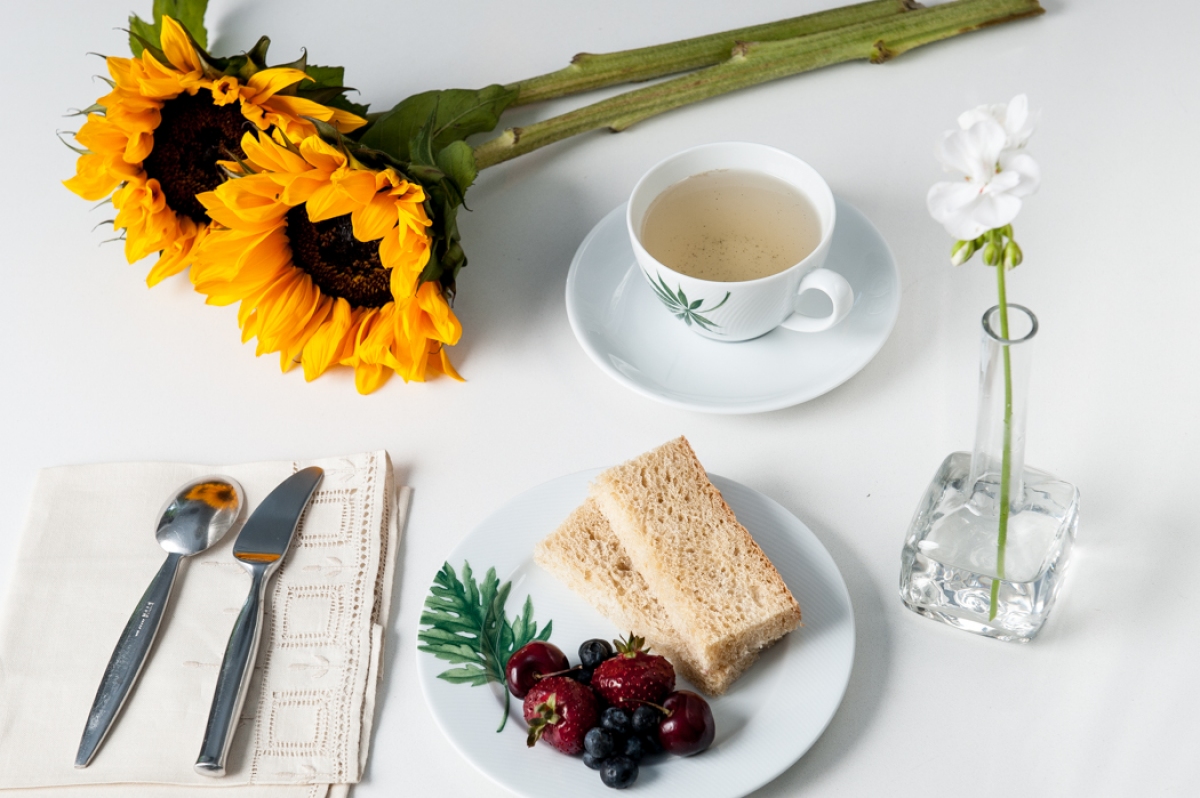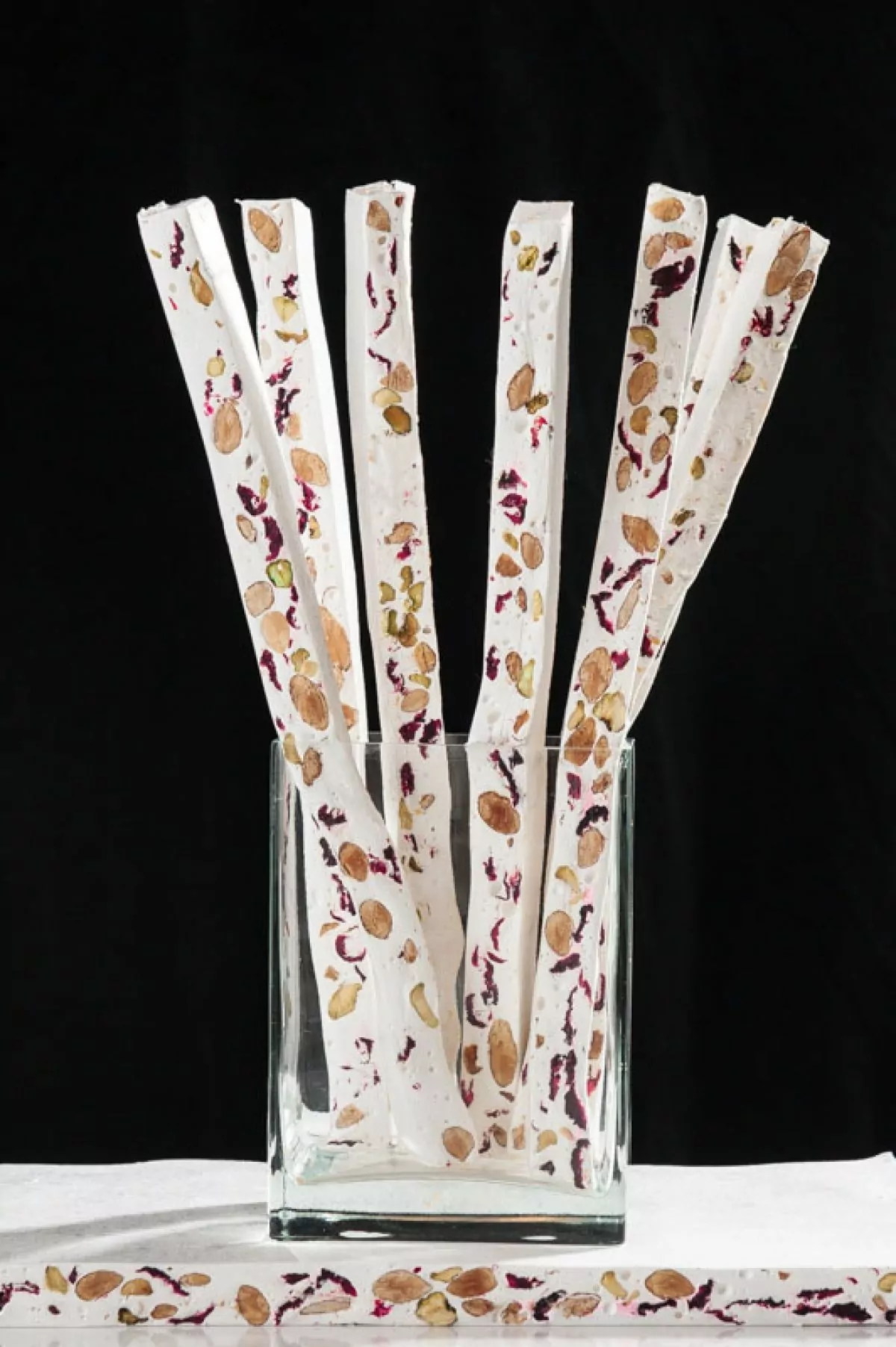
Nougat Aux Fruits – Gluten-Free
August 17, 2016
This nougat recipe made with whipped, warm egg whites and hot sugar, nuts and dried fruit pieces produce luscious Fruit Nougat or Nougat aux Fruits. This nougat recipe comes from the never-out-done King of all delicious things, Thomas Keller. It can be found in his cookbook, Bouchon Bakery. I have rearranged the instructions and have added notes to ensure your success. Take your time, be patient and enjoy this beautiful Fruit Nougat candy, or as the French say: Nougat aux Fruits. Nougat made easy.
The Finer Cookie is a participant in the Amazon Services LLC Associates Program, an affiliate advertising program designed to provide a means for websites to earn advertising fees by advertising and linking to amazon.com. This post contains affiliate links, which means The Finer Cookie will receive a small commission if you make a purchase using this link. This modest income helps support the website.
Ingredients
- ¼ cups + 1½ teaspoon 66 grams 2.3 ounces egg whites
- 1¾ cups + 3 ¾ tablespoon 333 grams 11.75 ounces honey
- 2¾ cups + ¾ teaspoon 553 grams 19.5 ounces sugar
- 2 tablespoon + ½ teaspoon 26 grams 1 ounces sugar
- ½ cup + 3 tablespoon 166 grams 5.8 ounces water
- ¼ cup + 1½ tablespoon 120 grams 4 ounces glucose (see ingredient note below)
- ¼ cups 20 grams .7 ounces cocoa butter (see ingredient notes below)
- 1½ cups 233 grams 8 ounces whole almonds with the skin
- ½ cup + 1 tablespoon 82 grams 3 ounces shelled unsalted pistachios
- 2 cups 235 grams 8 ounces dried cherries
- 2 sheets 2 sheets 2 sheets of nougat paper 11 x 18 inches or 8 x 10 taped together

Instructions
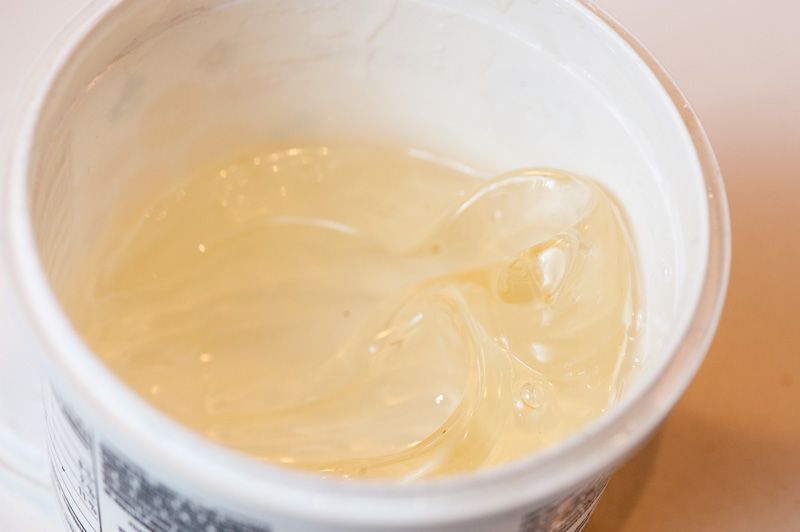
- Cocoa Butter: The butter found in chocolate is not the same as white chocolate or coconut oil. Pure food grade cocoa butter can be found in health food stores, a chocolatier might sell you a little, or find it online. It is an essential ingredient for the nougat, as it will create a sublime, silky smooth texture.
- Special Equipment: candy thermometer (see Equipment Notes), two 24-by-1/2-inch square confectionery rulers (see Equipment Notes), two 11-by-18 inch pieces (preferably) of rice paper (see Equipment Notes), a straight rolling pin.
MAKE NOUGAT FORM
- Lay down a piece of parchment 16 x 24 inches on a clean countertop, or on a large cutting board. Tape edges of the parchment to the surface.
- Cut two sheets of nougat paper 11 x 18 inches and set aside. Alternately, if you have smaller pieces of nougat paper, tape them together to make the correct size.
- Position (2) confectionery rulers 24 inches by 1/2 inch square (or equivalent) alongside the long edges of the nougat paper and tape them down securely to prevent them from shifting.
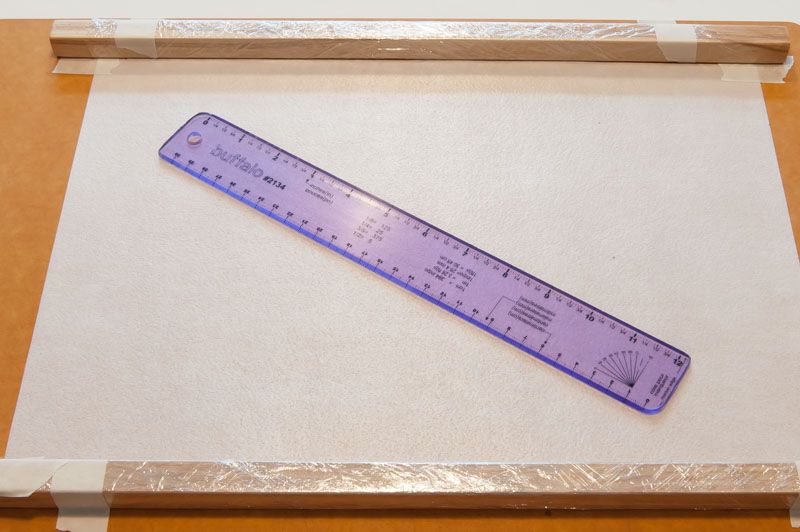
MISE EN PLACE
- Preheat oven to 350ºF degrees.
- Measure egg whites and bring them to room temperature either in a microwave or on the countertop. See how to separate eggs.
- Measure 2 tbsp sugar for the egg whites and set aside. Pour the room temperature egg whites in the bowl of a stand mixer.
- Measure almonds and spread them onto a tray.
- Toast the almonds for 10-15 minutes until golden brown (see MISE-EN-PLACE NOTES below).
- Measure and combine the dried fruit and pistachios in their own bowl.
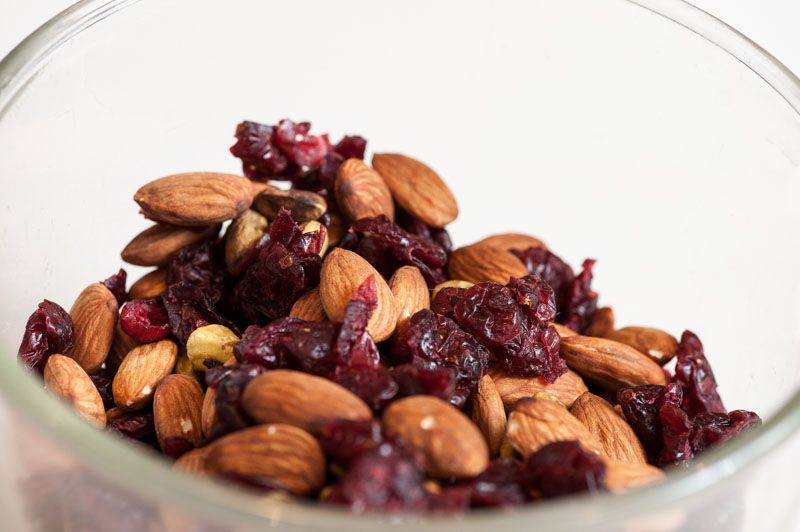
- When the almonds are toasted, let cool then add them whole to the nut/fruit mixture.
- Measure the honey into a small saucepan and begin to warm it up.
- Measure the remaining sugar, water and glucose in a larger saucepan and warm it to dissolve the sugar.
- Measure cocoa butter into a small saucepan and melt it over very, very low heat. Keep it warm (but not hot) and liquid.
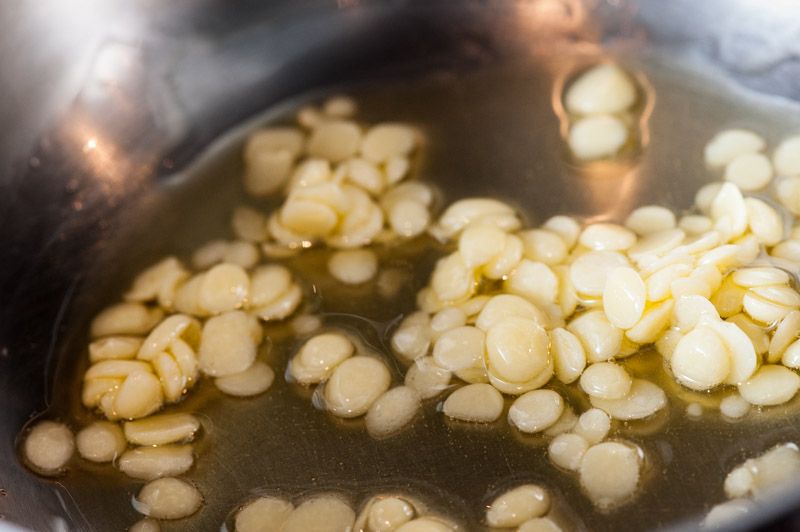
- Ready your thermometer.
- Grease a large stiff spatula that you’ll use for the finished nougat and set to the side of the nougat form.
MISE-EN-PLACE NOTES
- Glucose: Glucose is extremely sticky and it will adhere itself to everything it comes in contact with. To minimize the difficulty, keep your hands damp with cold water or thoroughly grease your hands and utensils that the nougat will touch. Cold glucose also helps control the stickiness. Almonds: Ensuring the almonds are properly toasted will immeasurably improve the texture and the finished look of the nougat. To test, break open one almond to check the interior color. It should be toasty brown.
DIRECTIONS FOR ASSEMBLY
- Heat honey to 257ºF degrees and maintain the temperature without letting it get too hot. Don’t let the honey overheat.
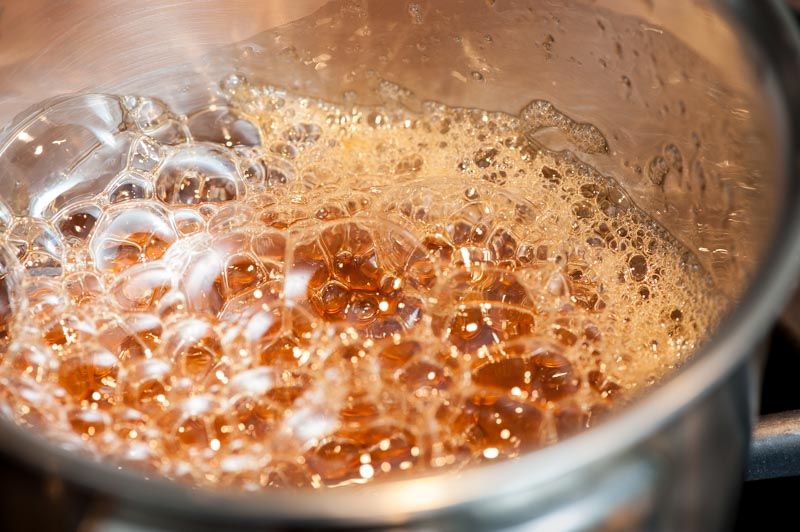
- Heat sugar and glucose to 225ºF degrees.
- Whip egg whites until they are frothy, bubbly and foamy, but not to soft peaks.
- Add 2 tbsp of sugar to frothy egg whites and beat to thick, glossy and stiff peaks. See how to meringue.
- With the stand mixer running at medium low, pour the honey (257ºF degrees) between the bowl and the whip. If necessary, stop the mixer between additions to ensure the syrup mixes into the batter, and doesn’t coat the sides of the bowl.
- Increase mixer speed to medium-high and whip the mixture to stiff peaks (about 4 minutes).
- While the egg white/honey mixture is whipping, increase the heat of the sugar/glucose syrup from 225ºF to 298ºF degrees. If stiff peaks form before the syrup is to correct temperature, then lower the speed of the stand mixer to the stir setting, just until the syrup is ready.
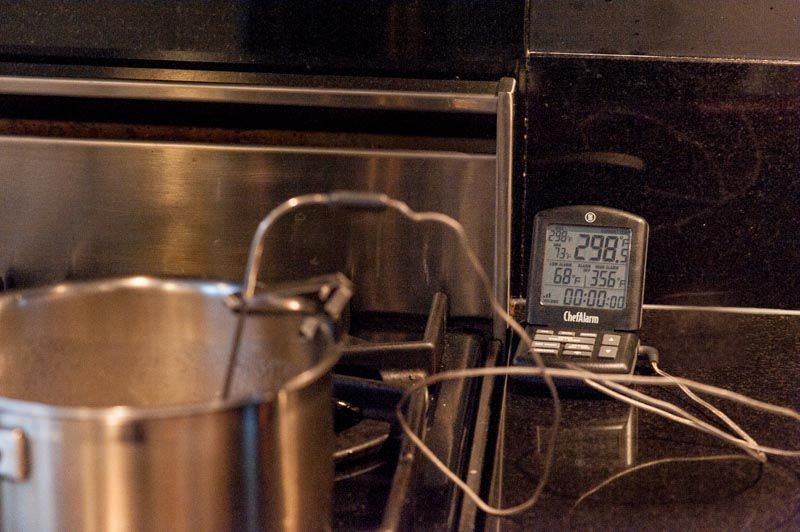
- When the syrup is at 298ºF degrees, turn the mixer to medium-low and carefully pour the syrup between the bowl and the whip. If necessary, stop the mixer between additions to ensure the syrup mixes into the batter, and doesn’t coat the sides of the bowl.
- Once all the syrup is added to the egg whites, turn the mixer to medium-high and mix for about 6-7 minutes. The batter will no longer be hot, but will be warm (130ºF-140ºF degrees). Check the temperature if you’re not sure. It is critical not to over whip the nougat at this point. If you let the batter cool too much, you’ll have a tough time getting it out of bowl, and it will be too stiff to roll easily. You might also run the risk of burning out your motor of your mixer, or bending your whip. Not fun.
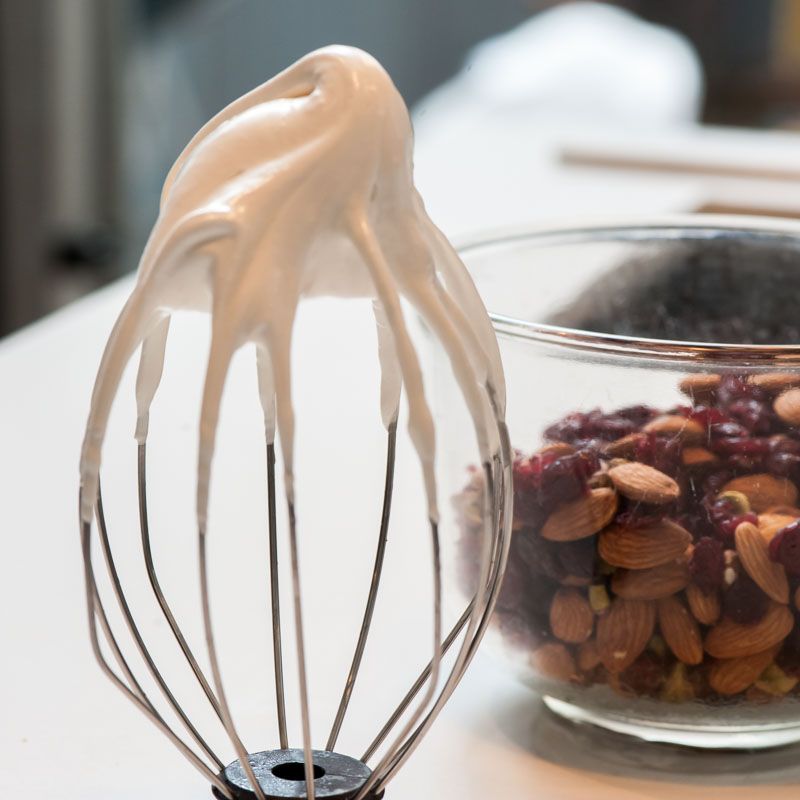
- When the batter is at 130ºF-140ºF, turn the mixer to low and add the melted cocoa butter. Mix for about 1 minute.
- At the correct temperature, the nougat holds its shape. Change to a paddle attachment and add the nut mixture. The mixture will be pliable and warm.
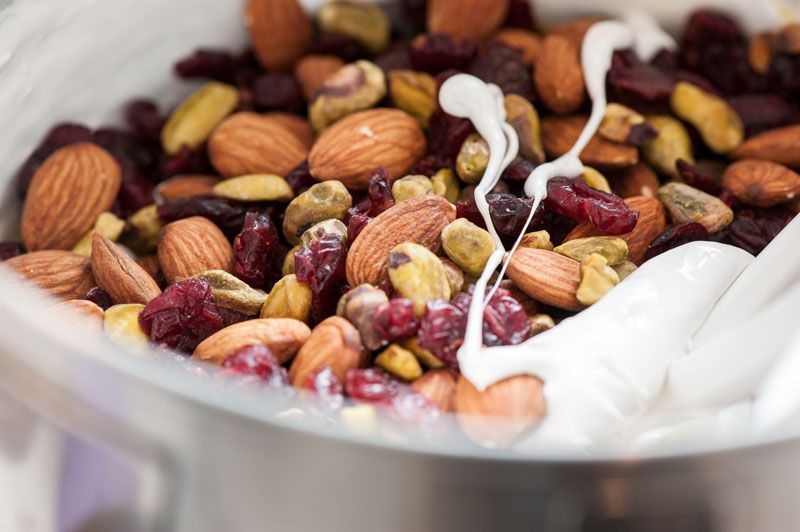
- With a very stiff and greased spatula, turn the nougat onto the rice paper between the in your rulers, and quickly spread it until mostly even. The nougat will still be pliable and warm.
- Position the second large sheet of nougat wafer paper over the nougat and with your rolling pin resting on the rulers, roll out the nougat to fill the form. You should have a rectangle approximately 11 x 15 inches.
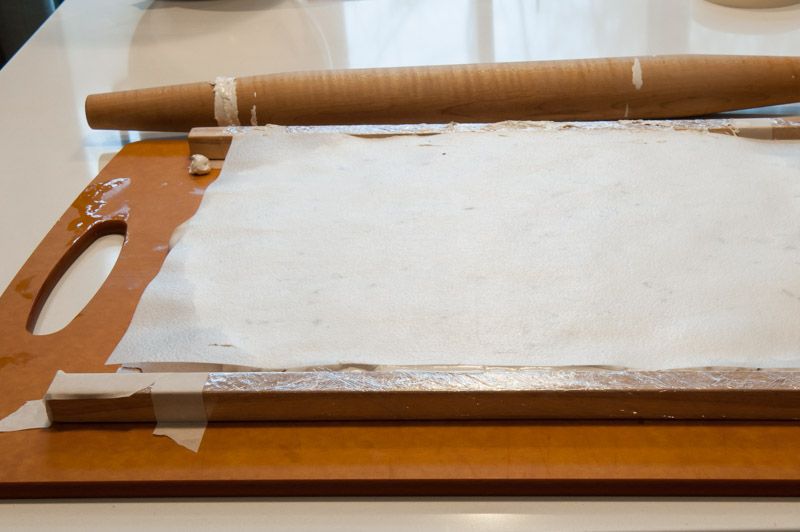
- If your nougat is on a movable board, transfer it to a cool room approximately 60ºF degrees overnight. Otherwise, let the nougat sit overnight until cool through and through. You can put it in the fridge, but it will condense and collect moisture.
- When ready to cut, remove the rulers and move the nougat, still in the wafer paper, to a cutting board. Spray your chef’s knife with non-stick spray and trim away the rough edges. Cut strips 11 x ¾ inches, using your ruler as a guide and scoring the rice paper for guidelines.
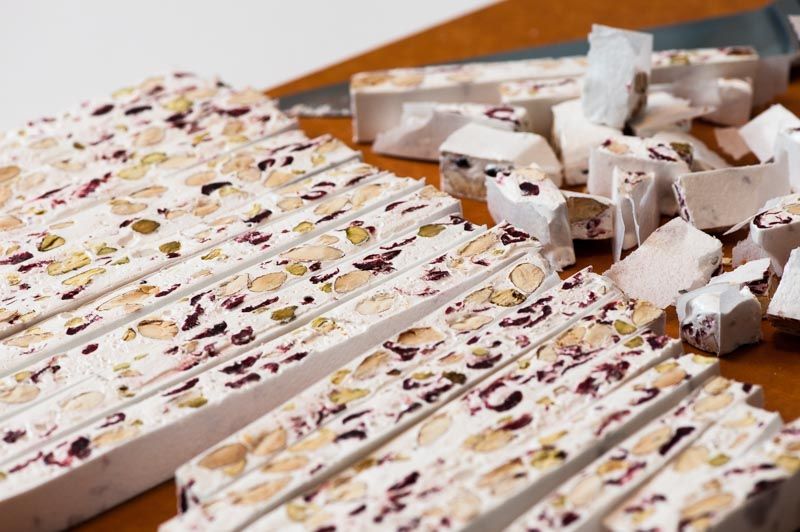
- It is best to store the nougat in cellophane sheets 14 x 6 inches, and twist tie the ends in opposite directions to seal. The nougat can be stored at room temperature for up to one month.
INGREDIENT NOTES
Glucose: The glucose you’ll need for this recipe is an extremely thick and sticky product. You might be able to find a small tub of it in a restaurant supply store, or a bakery might be able to sell you a small quantity, or if neither of these options is viable, Wilton sells it in 250 ml containers. A cooking supply store that carries the Wilton product line should have it. While glucose is corn syrup, it isn’t the same commonly known “corn syrup” that you’ll find on the grocery shelf because corn syrup contains too much water.
Cocoa Butter: The butter found in chocolate is not the same as white chocolate or coconut oil. Pure food grade cocoa butter can be found in health food stores, a chocolatier might sell you a little, or find it online. It is an essential ingredient for the nougat, as it will create a sublime, silky smooth texture.
Special Equipment: candy thermometer (see Equipment Notes), two 24-by-1/2-inch square confectionery rulers (see Equipment Notes), two 11-by-18 inch pieces (preferably) of rice paper (see Equipment Notes), a straight rolling pin.
EQUIPMENT NOTES
Candy thermometer
Successful nougat requires an accurate candy thermometer. Here’s why: the hot temperature of the sugar will determine the final consistency of your nougat. If your thermometer doesn’t respond quickly, your finished nougat will be too hard (because the sugar will get too hot without you realizing it), and the nougat will cool too quickly, making it impossible to spread into the form. Worse yet, seizing nougat stresses the motor of your stand mixer. Test your thermometer on a pot of boiling water. Does it measure 212 degrees? If you are looking to purchase a new thermometer, look into ThermoWorks products. I’ve found they are the most accurate and responsive.
Confectionery Rulers
You will need (2) 24 inch 1/2 inch square rulers. These are very handy, but are often difficult to find in local stores; however, they are sometimes available from restaurant suppliers or retailers dedicated candy/cake tools. Certainly, they are available online. You can make them out of wood or maybe find 1/2 inch square rods at the hardware store. Or you can assemble pastry wands to equal 1/2 inch square. Whatever you choose, you will need something to uniformly shape your nougat.
Rice Paper
Nougat Paper or Wafer Paper or Rice Paper sandwiches the warm nougat and is edible. Very often a sales person will confuse it for Transfer Paper. Transfer paper transfers designs onto a cake or chocolate. Not the same thing. When you find the nougat paper, buy it in as large a piece as possible. If it is only available in 8 x 10 sheets, then you can tape the pieces together, then remove the tape when ready to slice and eat the nougat.
- Labels
- Candy,
- Gluten Free,
- No Bake,
- Nut and Seed
